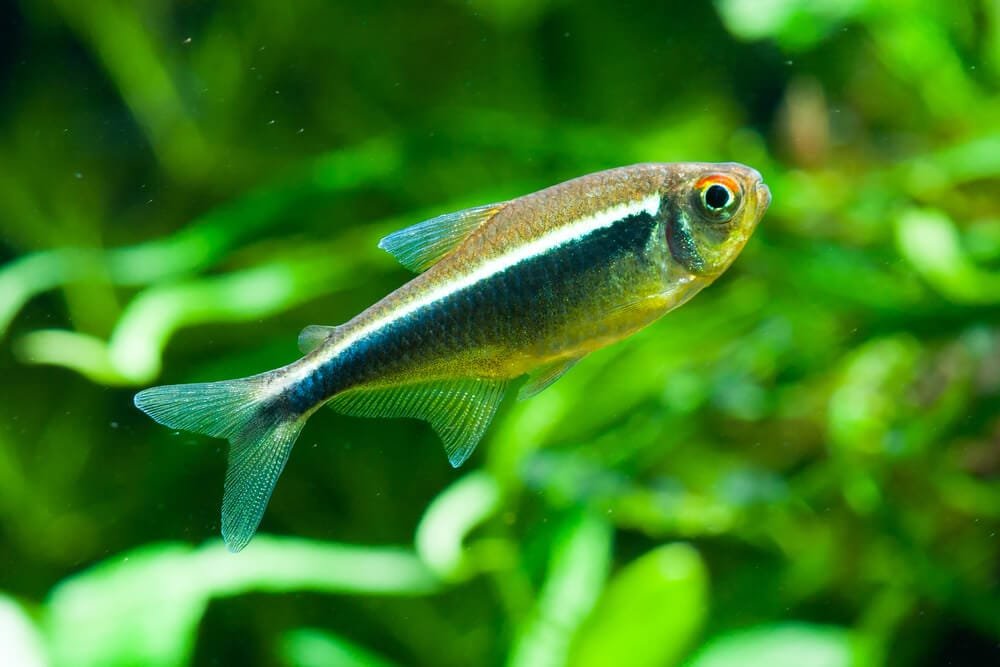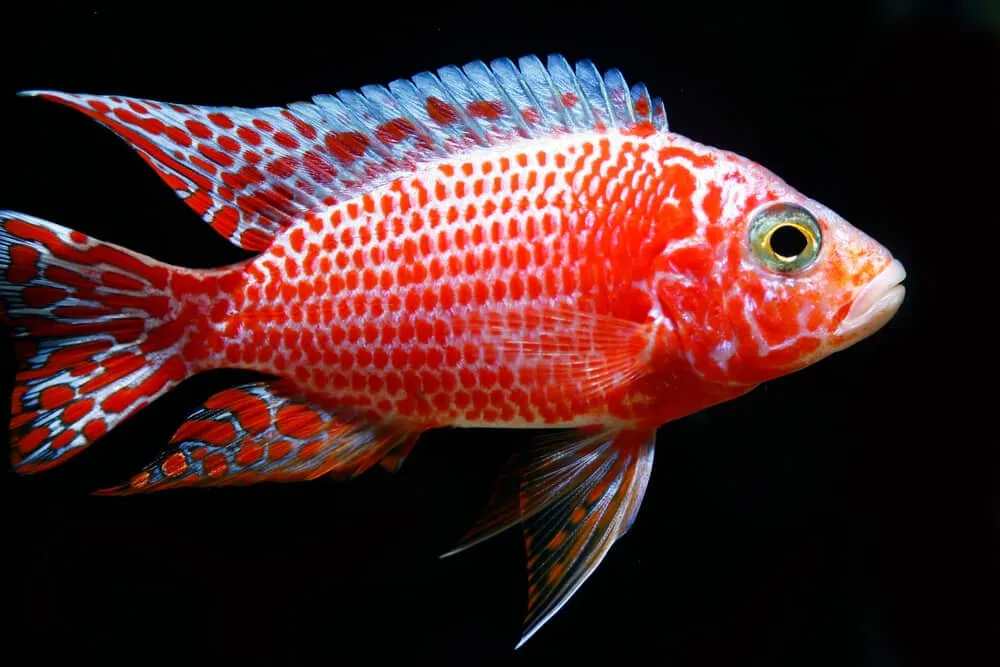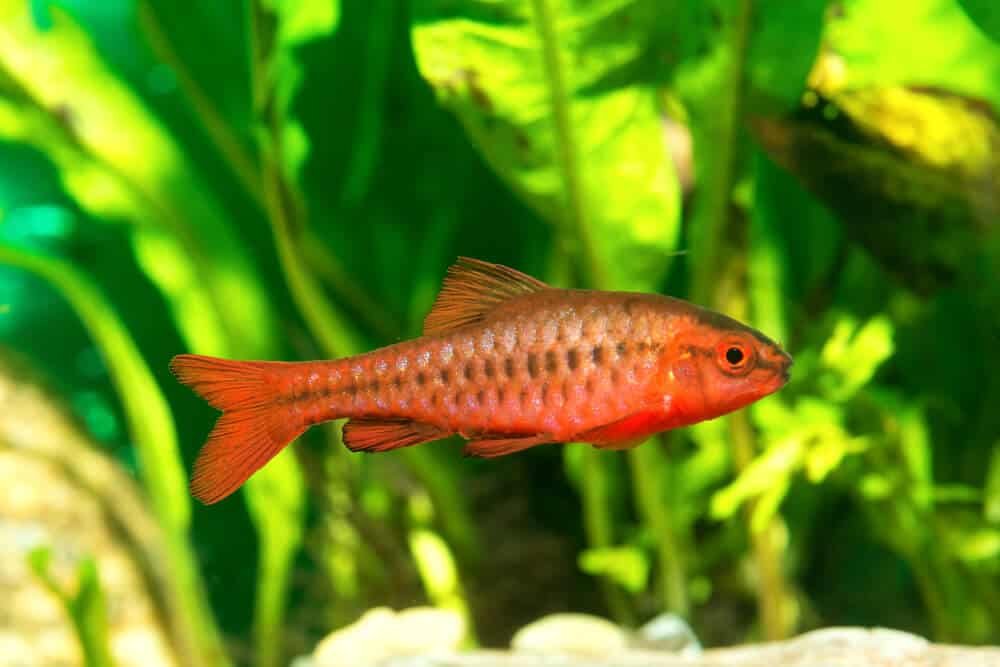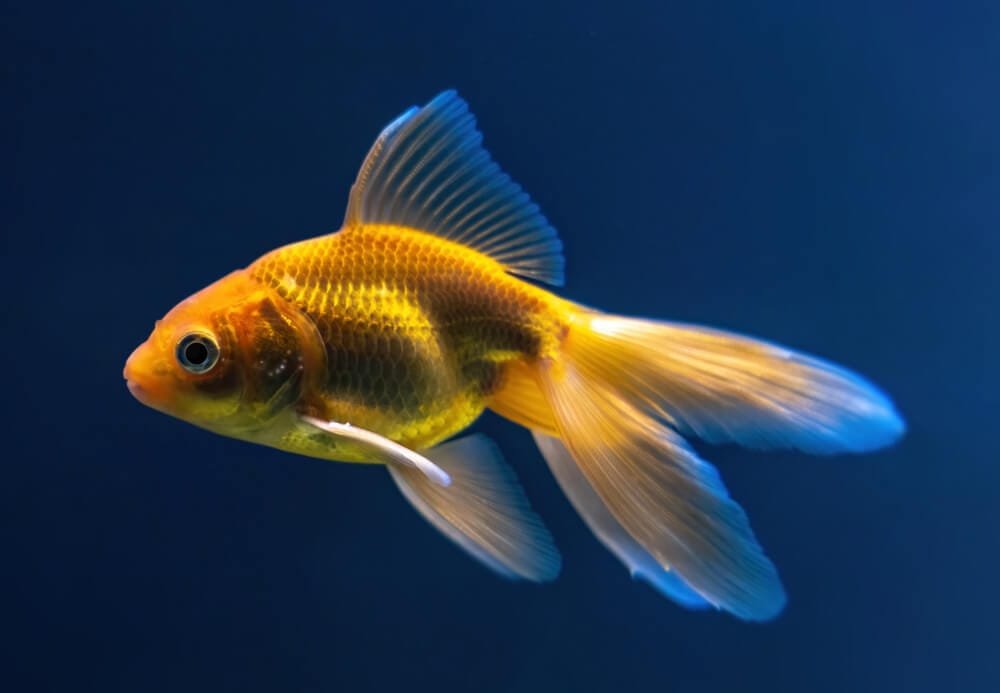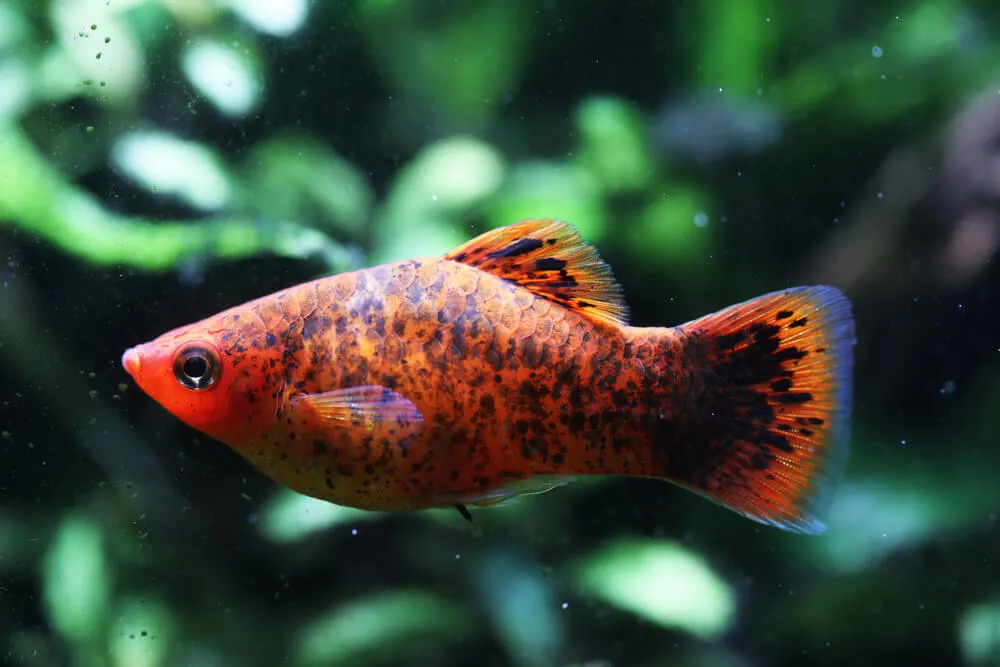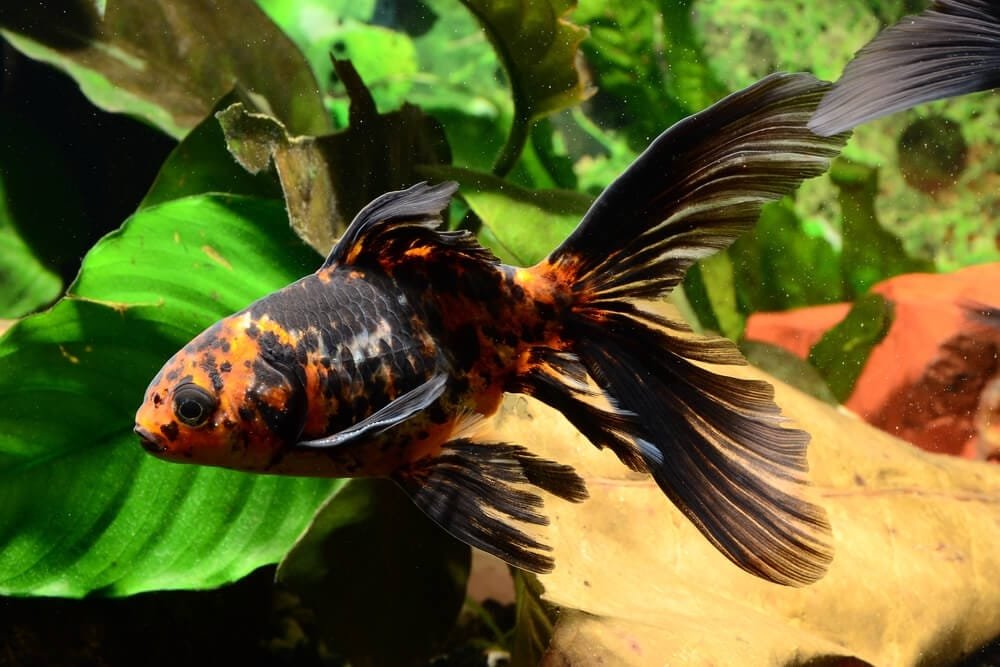How To Tell The Age Of A Goldfish?
So you’ve just brought home a new goldfish and you find yourself wondering, how old is this little swimmer? Determining the age of a goldfish might seem like a challenging task, but fear not – it’s not as difficult as you might think. By observing a few key factors and understanding some unique characteristics of these fascinating creatures, you’ll soon be able to estimate the age of your aquatic companion. In this article, we’ll dive into the intriguing world of goldfish and explore various methods to help you unravel the mystery of their age.
Determining the Age of a Goldfish
If you’ve ever wondered how old your pet goldfish is, you’re not alone. Determining the age of a goldfish can be a fascinating endeavor, and there are several methods you can use to estimate their age. By observing growth rate, examining size and coloration, analyzing physical characteristics, and considering historical information, you can gain a better understanding of your goldfish’s age. Additionally, understanding the factors that influence growth and estimating the average lifespan of goldfish can provide further insights. So let’s dive in and explore these methods in more detail!
Observing Growth Rate
One of the most common methods to determine the age of a goldfish is by observing its growth rate. Goldfish generally grow at a steady pace, and by tracking this growth, you can estimate their age to some extent. Here are a few steps you can follow to observe the growth rate of your goldfish:
1. Track the Growth
Start by measuring the length of your goldfish at regular intervals. Use a ruler or a measuring tape to measure from the tip of its nose to the end of its tail. Record these measurements and keep track of the growth over time.
2. Compare Growth to Average
Next, compare the growth of your goldfish to the average growth rate for their specific breed. There are different breeds of goldfish, and each has a unique growth pattern. By researching the average growth rate for your goldfish’s breed, you can compare it to the measurements you have taken and estimate their age accordingly.
3. Consult a Fish Expert
If you’re finding it challenging to determine the age of your goldfish based on growth rate alone, it might be helpful to consult a fish expert. Professionals who specialize in fish care and breeding can often provide valuable insights into estimating the age of your goldfish based on growth patterns and other physical characteristics.
Examining Size and Coloration
Another method to determine the age of a goldfish is by examining its size and coloration. Goldfish undergo physical changes as they age, and these changes can provide clues about their age. Here’s how you can examine size and coloration to estimate the age of your goldfish:
1. Measure the Length
Similar to tracking growth rate, measuring the length of your goldfish can give you an indication of their age. A general rule of thumb is that goldfish grow about an inch per year, although this can vary depending on the breed. By measuring their length and comparing it to the average growth rate, you can get an estimate of their age.
2. Observe Color Changes
Goldfish also experience changes in their coloration as they age. Young goldfish tend to have brighter and more vibrant colors, while older goldfish may develop more subdued or faded colors. By observing these color changes and comparing them to the expected color patterns for their breed, you can make an educated guess about their age.
Analyzing Physical Characteristics
Besides growth rate, size, and coloration, there are other physical characteristics that can provide insights into a goldfish’s age. By examining features such as fin development, barbel growth, and eye development, you can gather more information about their age. Here’s how you can analyze these physical characteristics:
1. Look for Fin Development
Fin development can be an indicator of a goldfish’s age. Younger goldfish often have shorter or less-developed fins, while older goldfish tend to have longer and more intricate fins. By examining the fins of your goldfish, you can get a sense of their age.
2. Check for Barbel Growth
Barbels are small, whisker-like appendages on the face of some goldfish breeds. These barbels tend to grow longer as the goldfish gets older. By keeping an eye on the growth of these barbels, you can make an estimation of your goldfish’s age.
3. Consider Eye Development
The eyes of a goldfish can also provide clues about their age. Young goldfish often have smaller eyes that appear more proportional to their body size. As they get older, their eyes may grow larger and become more prominent. By observing the size and appearance of your goldfish’s eyes, you can gain insights into their age.
Using Historical Information
In addition to observing physical characteristics, historical information can also help in determining the age of a goldfish. If you have access to purchase records or can collect information from previous owners, you can gather valuable insights about your goldfish’s age. Here’s how you can utilize historical information:
1. Review Purchase Records
If you have records of when you bought your goldfish, it can provide a good starting point for estimating their age. Check the date of purchase and compare it to your observations of their growth and physical characteristics. This can give you a rough estimate of their age when you first brought them home.
2. Collect Information from Previous Owners
If you acquired your goldfish from a previous owner, try to gather information about their age. Talk to the previous owner and ask questions about when they acquired the goldfish and any details they may have about its age. This information, combined with your own observations, can give you a more accurate estimate of your goldfish’s age.
Determining Growth Factors
While estimating the age of a goldfish is exciting, it’s also important to understand the factors that influence their growth. By considering the quality of water and temperature in their tank, evaluating their nutrition and diet, and assessing the size and environment of their tank, you can ensure optimal growth and wellbeing for your goldfish. Here are the factors to consider:
1. Consider Water Quality and Temperature
Goldfish thrive in clean and well-maintained water. Poor water quality can stunt their growth and have a negative impact on their overall health. Additionally, maintaining a consistent temperature within their tank is essential. Goldfish are cold-water fish and prefer temperatures between 65°F and 72°F (18°C – 22°C).
2. Evaluate Nutrition and Diet
A balanced and nutritious diet is crucial for the growth of your goldfish. Providing them with high-quality fish food that is specifically formulated for goldfish can support healthy growth. Additionally, offering a variety of foods, such as algae, pellets, and live or frozen treats, can ensure they receive all the necessary nutrients.
3. Assess Tank Size and Environment
The size of the tank and the environment in which your goldfish live also play a significant role in their growth. Goldfish require ample space to swim and grow, so providing them with a tank that is appropriate for their breed is essential. Additionally, including vegetation, hiding spots, and proper filtration in their tank can contribute to their overall wellbeing and growth.
Estimating Average Lifespan
Lastly, estimating the average lifespan of goldfish can provide further insights into their age. While it’s challenging to determine the exact age of a goldfish, understanding their average lifespan can give you an idea of their stage in life. Here’s how you can estimate the average lifespan of a goldfish:
1. Know the Species
Different species of goldfish have varying average lifespans. Some species can live for 10-15 years, while others can reach up to 20 years or more. Research the specific breed of your goldfish to get an idea of their expected lifespan.
2. Study the Common Lifespan
Besides species, other factors such as genetics and care can influence the lifespan of a goldfish. By studying the common lifespan of goldfish in general, you can have a baseline estimate of how long your goldfish might live.
3. Factors Influencing Lifespan
Several factors can influence the lifespan of a goldfish, including genetics, water quality, diet, tank size, and overall care. By ensuring optimal conditions and providing proper care, you can help maximize the lifespan of your goldfish.
Conclusion
Determining the age of a goldfish may not be an exact science, but by observing their growth rate, examining their size and coloration, analyzing physical characteristics, and considering historical information, you can make an educated estimate. Remember to observe their growth over time and compare it to average growth rates for their breed. Additionally, examining physical characteristics such as fin development, barbel growth, and eye development can provide further insights. By considering the factors that influence growth and estimating the average lifespan of goldfish, you can better understand your precious pet and ensure they live a long and healthy life.
